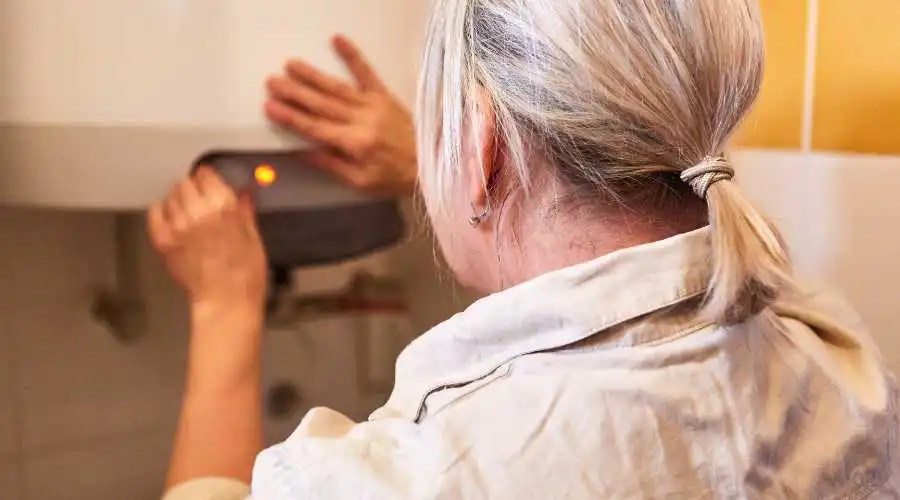It’s officially fall now! The days become shorter, the mornings get cooler, and more people turn on their water heaters. Because you will be using your water heater more frequently during the Fall, our team of expert plumbers has compiled a list of DIY Water Heater Maintenance Tips. Make sure your water heater is Halloween-ready before you get too wrapped up in crafting your costume and setting up your decorations.
Drain the Water Heater Tank
This isn’t necessary if you have a tankless water heater.
However, if your water heater is a conventional tank model, like most of us, you should flush it out annually. Fortunately, autumn is a perfect time to get this done. If you must ask, why? Because starting in the fall, the total number of hours that water heaters are used begins to rise. Simply said (hey, we never said any of this was rocket science), people tend to take longer, hotter showers when it’s cooler outdoors. To properly flush your water heater, try the following:
- Power should be removed from the water heater.
- The water in the tank needs some time to cool, so please be patient.
- Tap into the tank’s side drain valve with a hose.
- The other end of the hose can be dropped into a sink or a large bucket.
- Start by opening a few of the hot water taps around your house.
- The tank can be drained by activating the release valve, which is located close to where the hose was connected in step 4.
Disconnect the hose, close the release valve, turn off all of the faucets, then open the cold water valve and turn on the water heater again when the tank has drained.
Turn Down the Temperature
This may not make any sense at first, but bear with us. In the fall, you might want to turn down the temperature on your water heater by around 10 degrees. In the Fall and Winter, when people tend to use more hot water, you can significantly reduce your energy expenditures by lowering the temperature just a little bit.
In addition, the majority of people are unable to notice a difference in water temperature of even ten degrees. So, when adjusting your water heater, all you have to keep in mind is to keep the temperature above 120 degrees and below 140 degrees. If you don’t, you could become sick from the water or suffer from burns or scalds.
Inspect the Test and Pressure Relief Valve (TPR Valve).
The Test and Pressure Relief Valve (TPR Valve) was developed to stop your water heater from blowing up under pressure. It’s a known risk that water heaters can explode. To check your TPR valve, find the valve (it’s usually near the base of the tank) and activate it. The associated discharge pipe should be loud and physically moving with the flow of water. If you don’t hear or feel water running through the discharge pipe, you should immediately switch off the electricity to the water heater and get in touch with us.
Get in Touch if You Want to Know More Help with Water Heaters
Even if you’ve been diligent about performing your own Fall water heater maintenance, there will always be a moment when something goes wrong. Therefore, if you’re having problems with your water heater or need assistance with your care (there’s nothing shameful about it), don’t hesitate to get in contact with the experts at BJC Plumbing right away. We’re here to help with any problems you’re having with your water heater.

